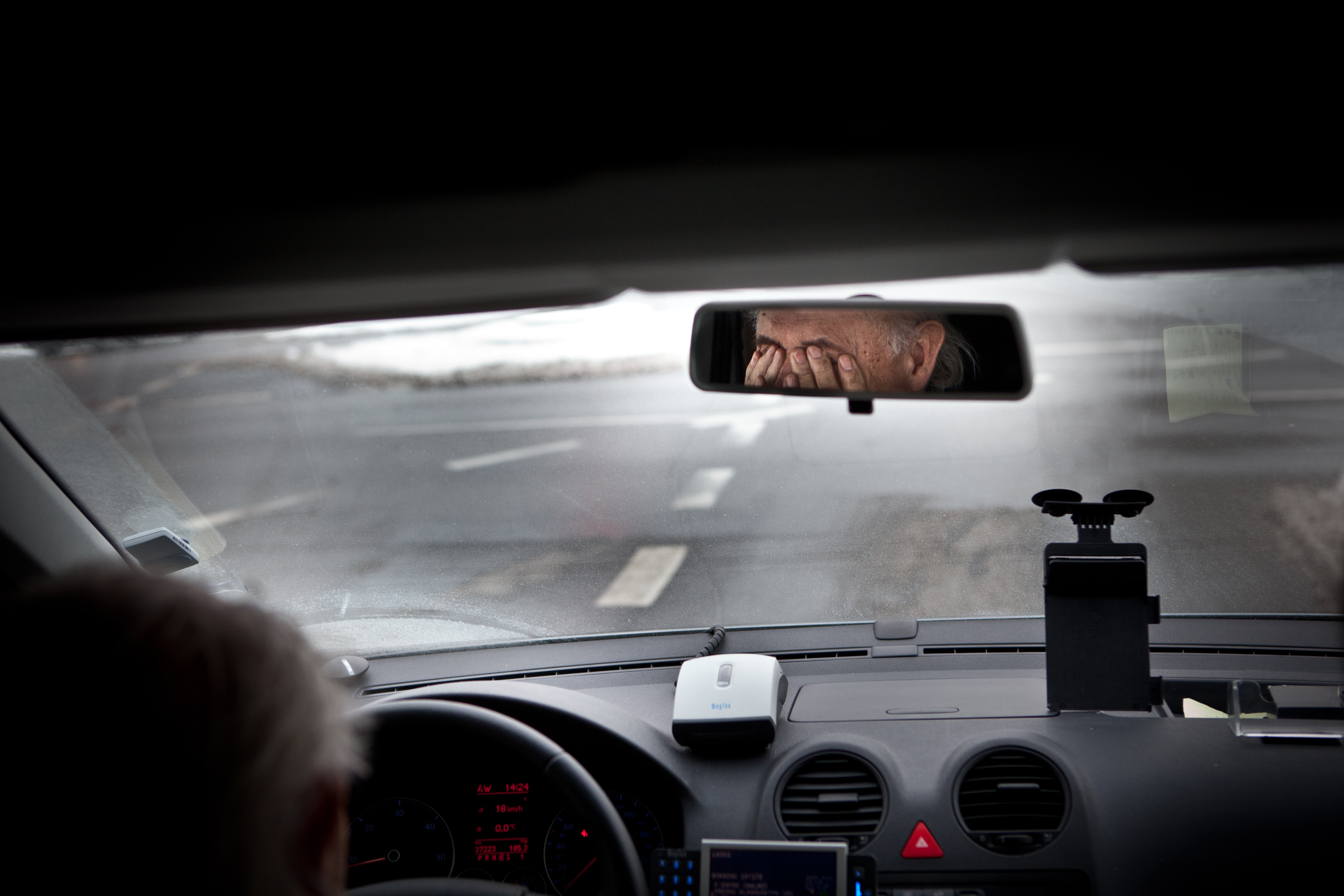If you cannot see the trucker’s face in the mirror, they cannot see you either.
Charlotte, NC – Trucks are everywhere. The economy depends on them and our lives depend on them transporting goods to our local stores. Unfortunately, it is the same trucks that put our lives at risk every day as huge 80,000 lbs vehicles can easily wreck a 4,000 lbs passenger car, while motorcyclists, bicyclists, and pedestrians don’t stand a chance in case of a collision.
The Federal Motor Carrier Safety Administration has implemented strict regulations to prevent truck accidents, but motorists also need to know what they can do to avoid a crash.
Blind spot accidents are extremely dangerous and, sadly, quite common. Due to their shape and size, commercial vehicles have larger and longer blind spots than regular cars. If you’re driving anywhere near a truck you must take certain steps to avoid being in the trucker’s blind spot.
Here’s what you need to know.
What are the four blind spots of a truck?
A large commercial vehicle has four blind spots:
- In front of the truck – The design of a big rig or a similar truck creates a blind spot that can extend up to 20 ft in front of the cabin.
- On the left side – The blind spot runs down the length of the truck and can extend across three lanes on the left of the vehicle
- On the right side – Again, three lanes on the right will be in the trucker’s blind spot
- Behind the truck – The driver cannot see anything up to 30 ft behind the vehicle.
Who is at fault in a blind spot accident?
The fact that the trucker cannot see a car or motorcycle in their blind spot doesn’t mean they’re not at fault if there’s a crash. If the insurance adjuster tries to tell you differently, get in touch with experienced Charlotte truck accident lawyers and let them handle the negotiations.
Truckers must check their blind spots and be aware of the traffic around them at all times. If they pay attention to other road users, they’ll know that a car has just moved into one of their blind spots and drive with caution to avoid a rear-end or side-sweep accident.
The most common causes of blind spot accidents are not the blind spots themselves. Such accidents happen when a trucker is
- Fatigued
- Impaired by drugs or alcohol
- Distracted
- Reckless
If, for instance, the driver is distracted by his phone or eating, he’ll bear full responsibility for the crash.

In a crash caused by driver fatigue, your Charlotte accident lawyers may be able to build a case against the trucking company. Truckers are required to observe Hours of Service regulations and cannot drive for more than 11 hours in one shift. Your lawyers will investigate whether the employer was aware of any HoS violation, condoned it, or actively encouraged the trucker to keep driving until he wasn’t able to see the road in front of him anymore.
If the trucker was intoxicated, the company may be partly to blame. Your attorneys will check the driver’s record looking for any alcohol-related traffic offenses and they’ll want to know whether the company carried out random drugs and alcohol tests on its employees, as required by law.
Tips to avoid blind spot truck accidents
- Always pay attention to this simple trick – if you cannot see the trucker’s face in the mirror, they cannot see you either. You’re in a blind spot. Don’t linger in a blind spot.
- Avoid following a truck too closely. If the truck needs to brake suddenly they won’t be aware you’re right behind them. If you rear-end a truck, there’s a huge risk you won’t get out alive
- Give trucks a wide berth when changing lanes. Never cut in front of a truck as you’ll get right into a blind spot and you don’t want to be rear-ended by a large truck at full speed.


Join the conversation!